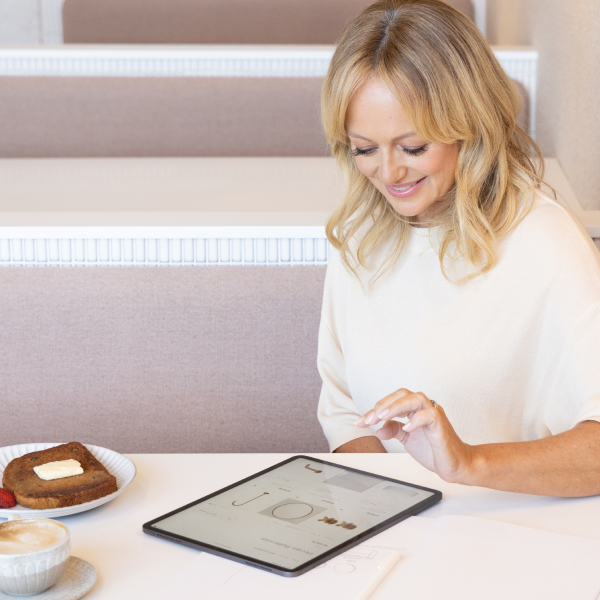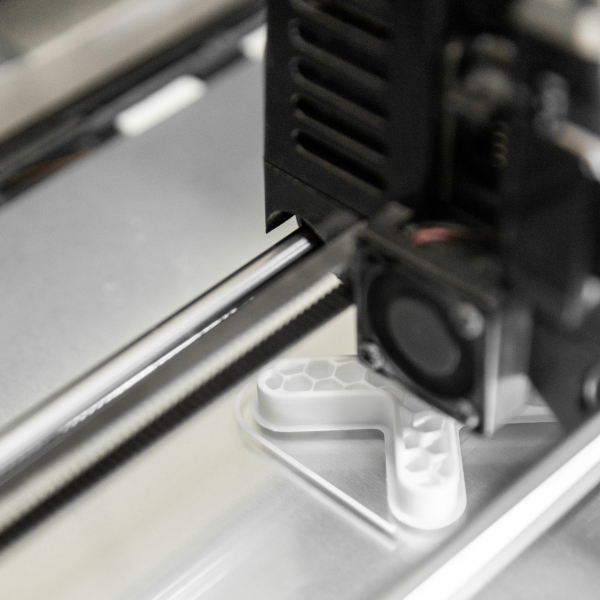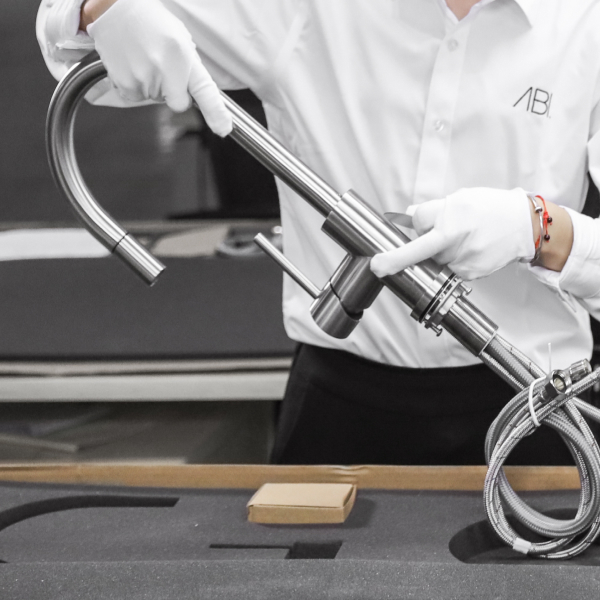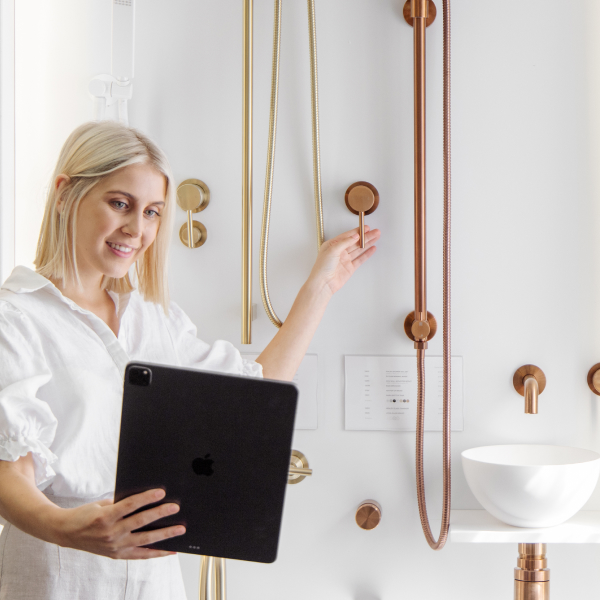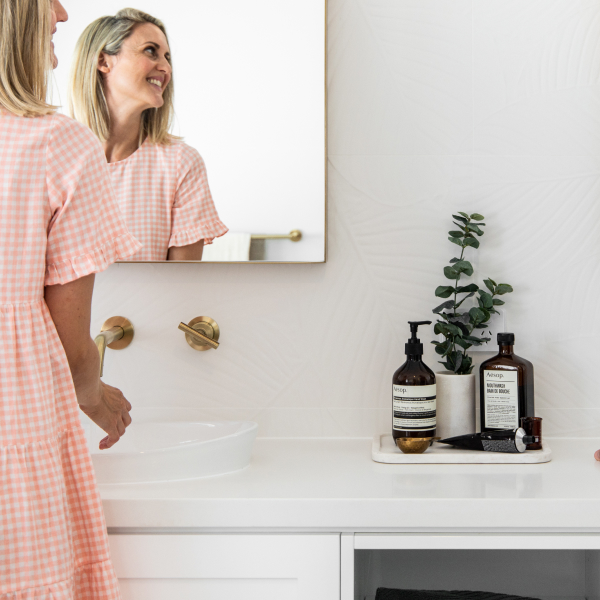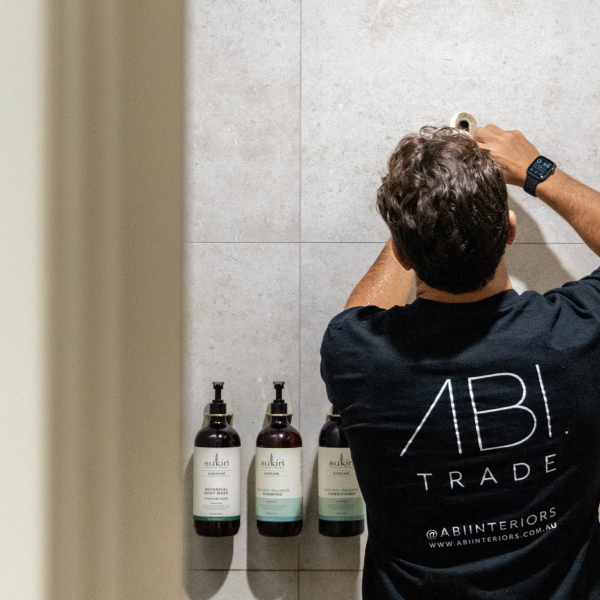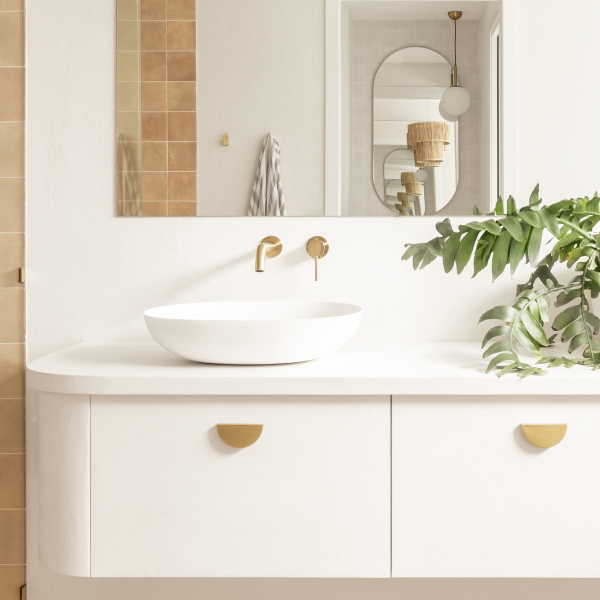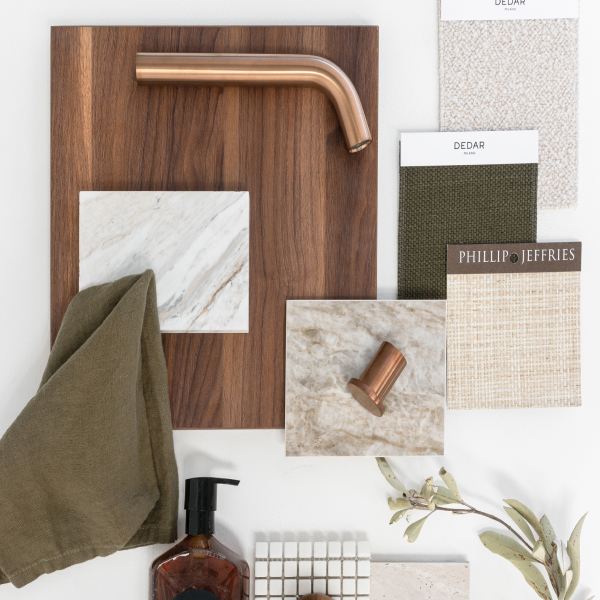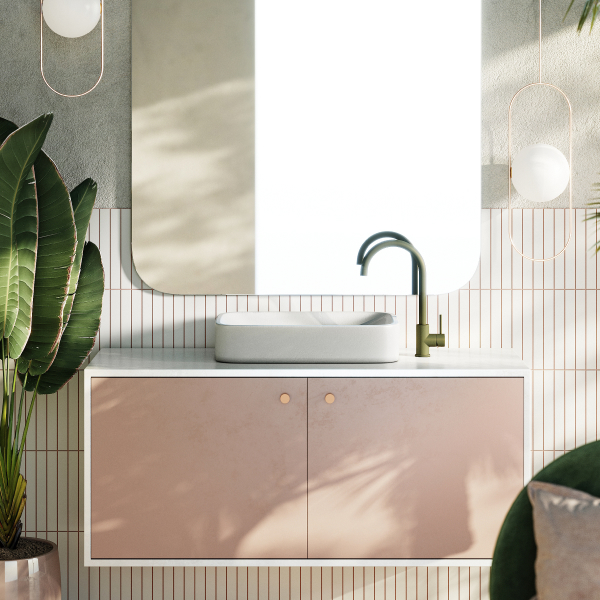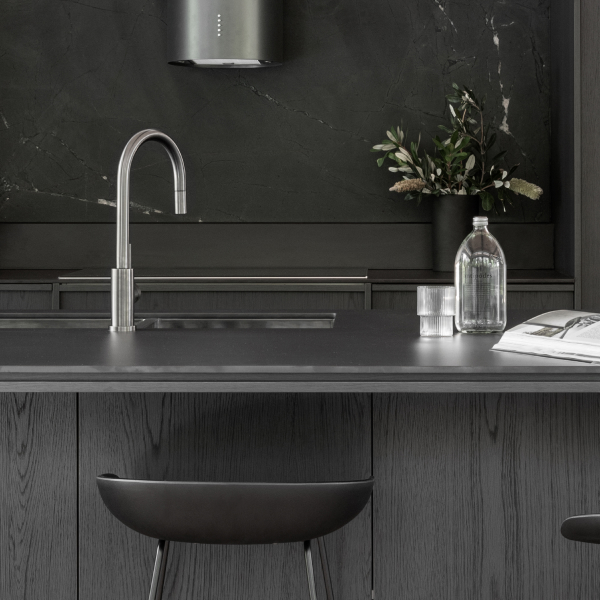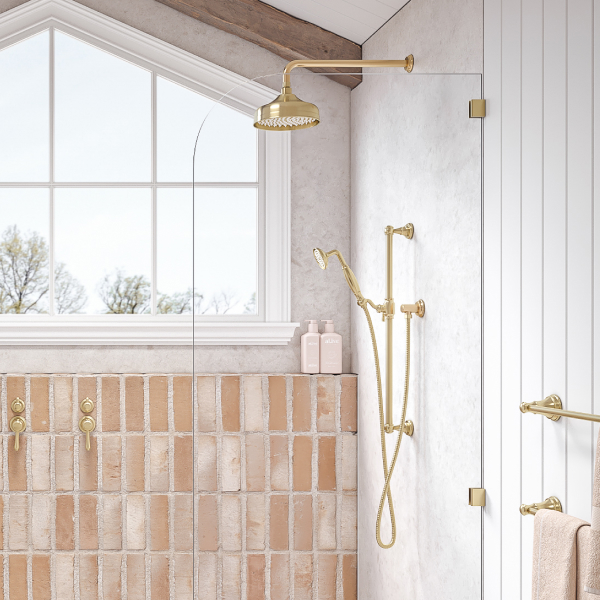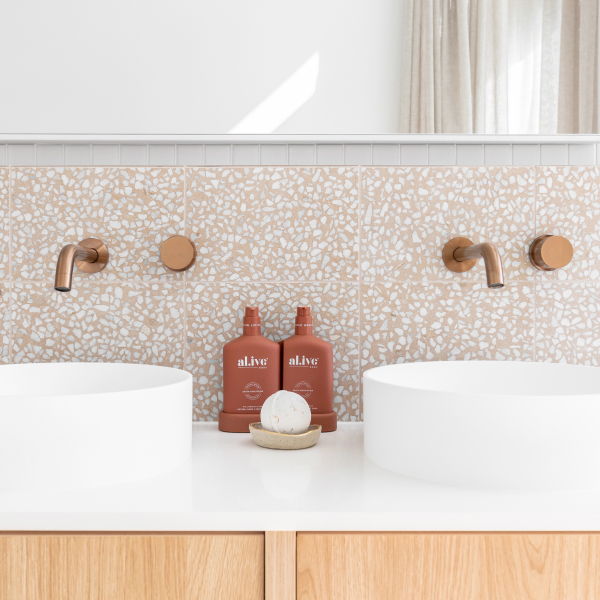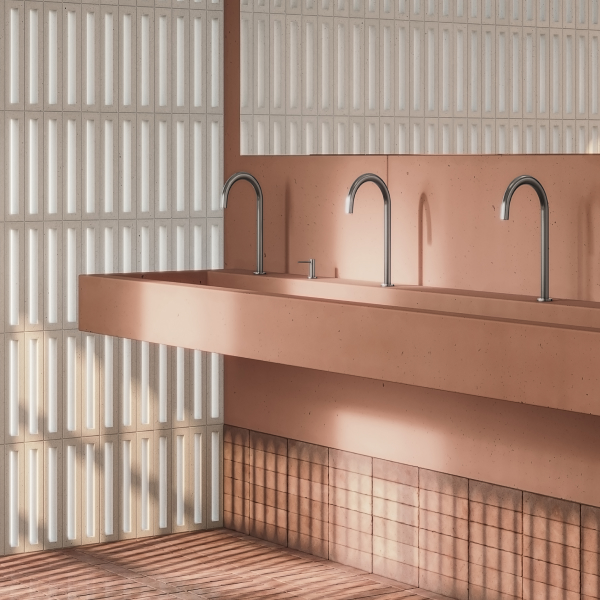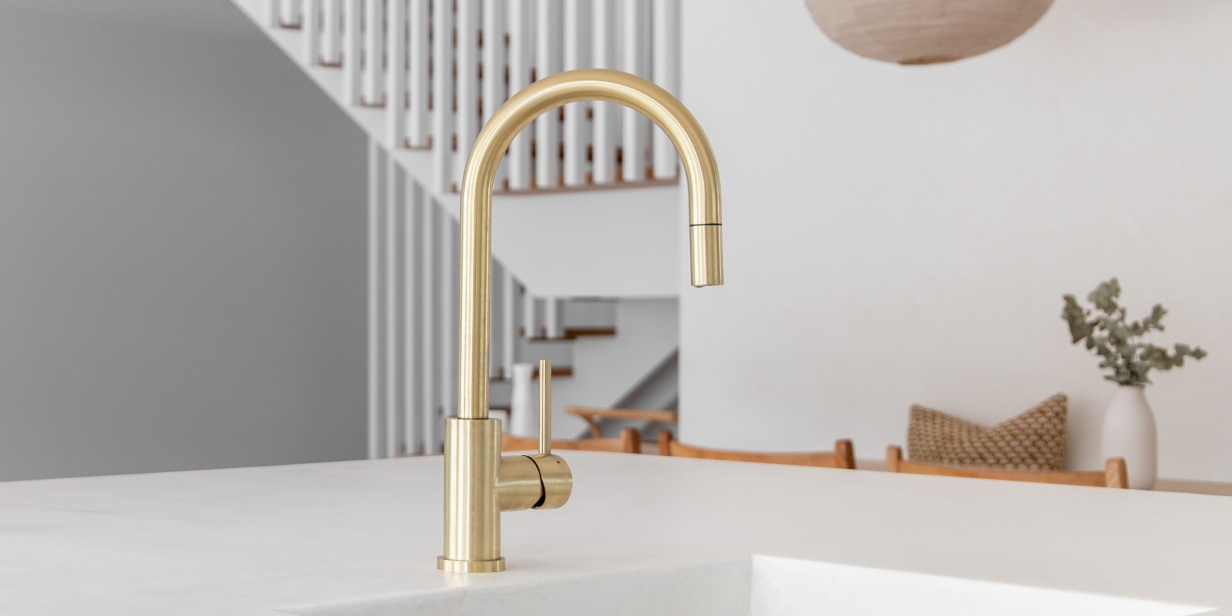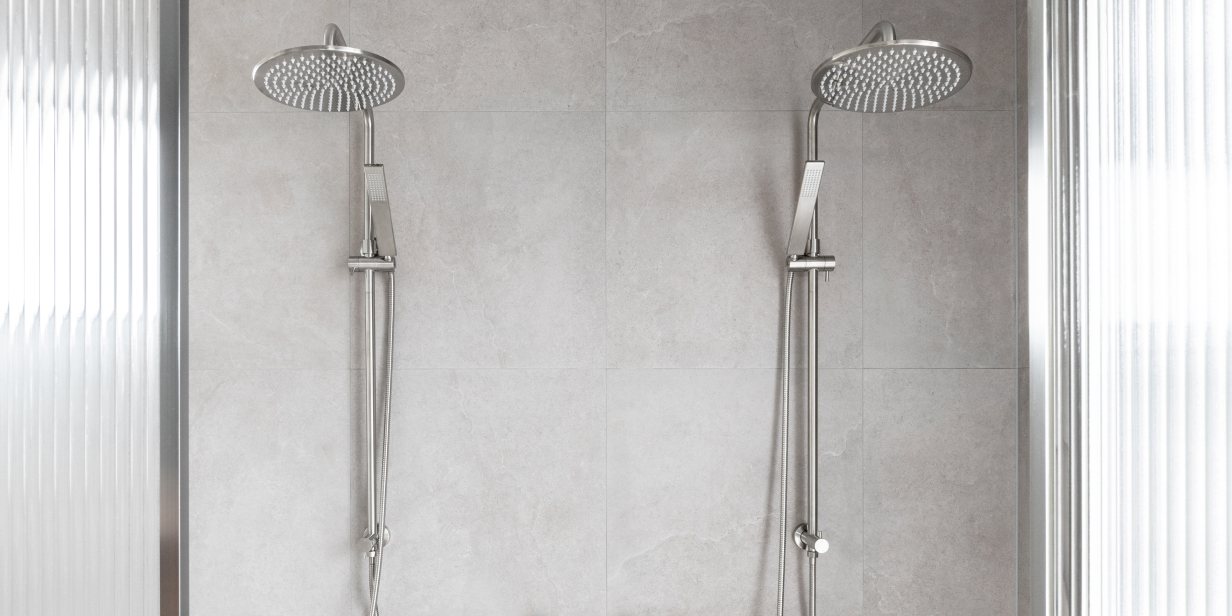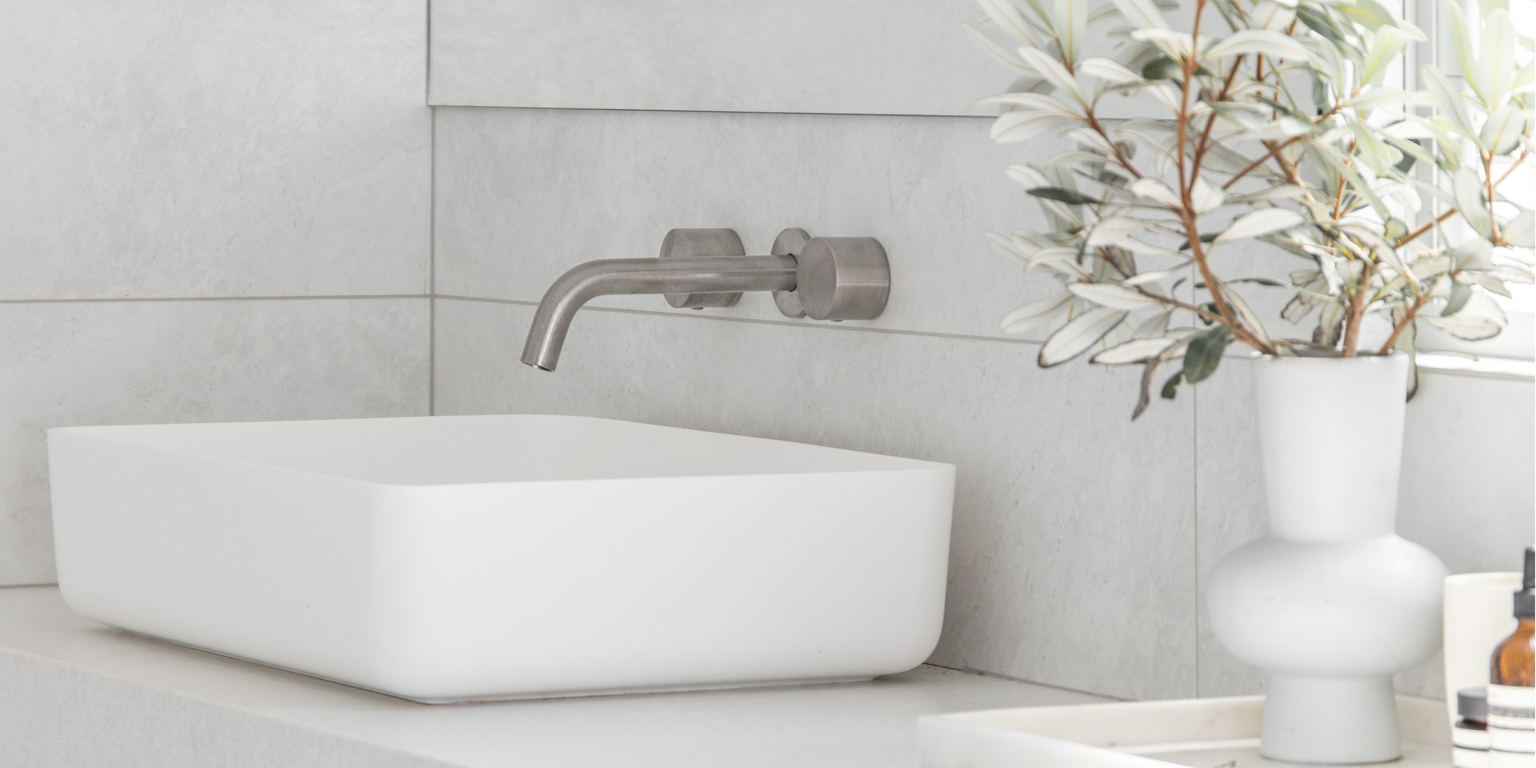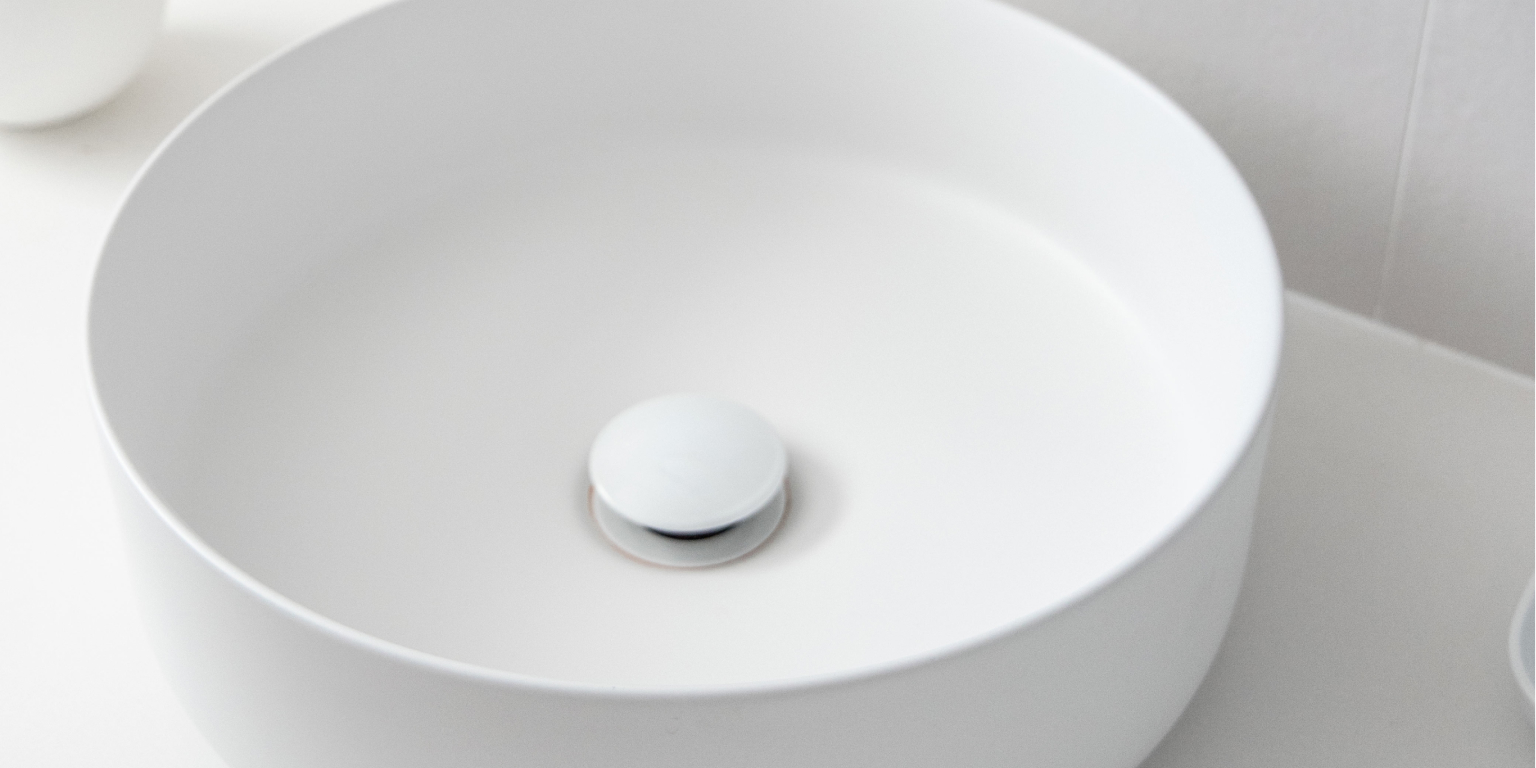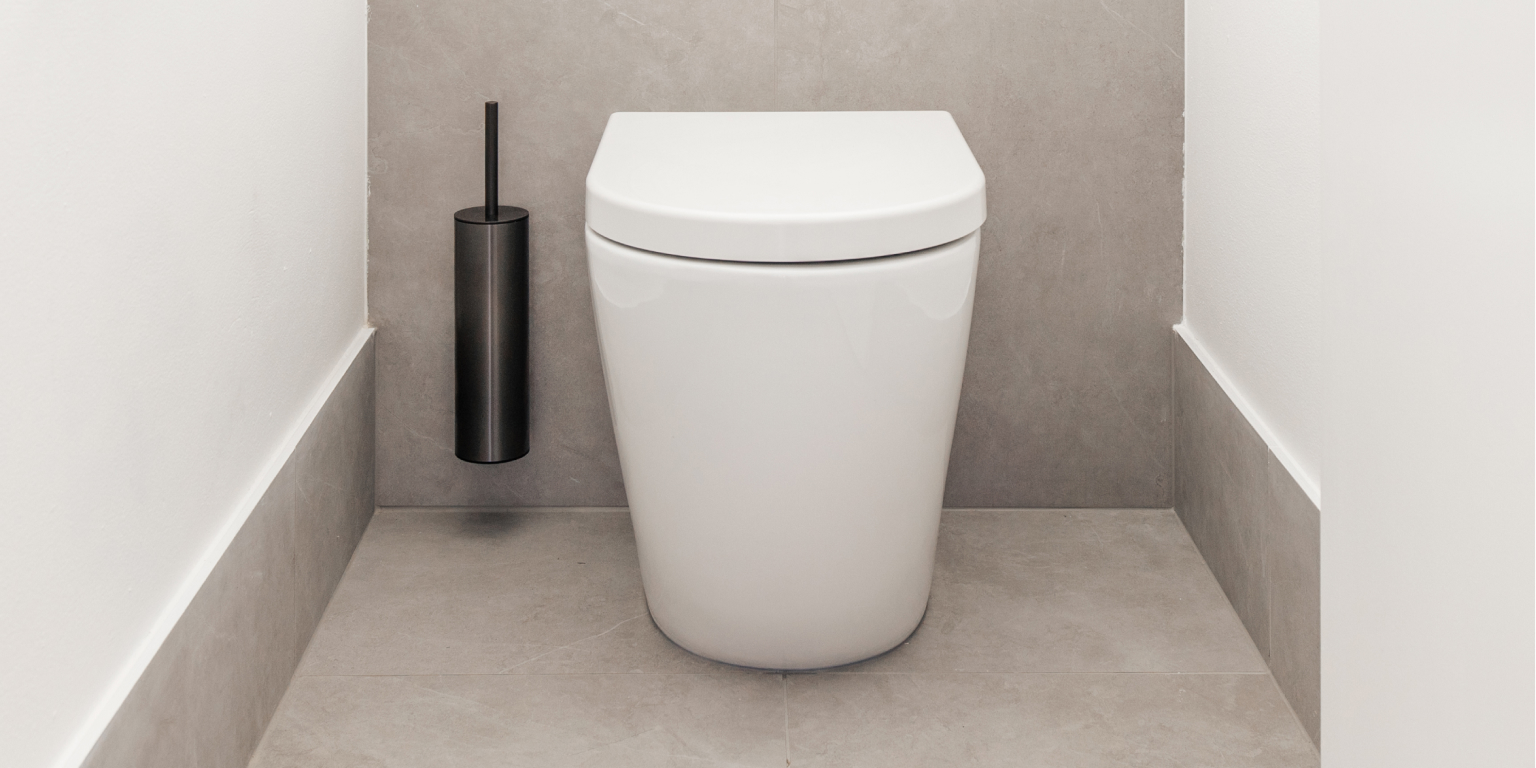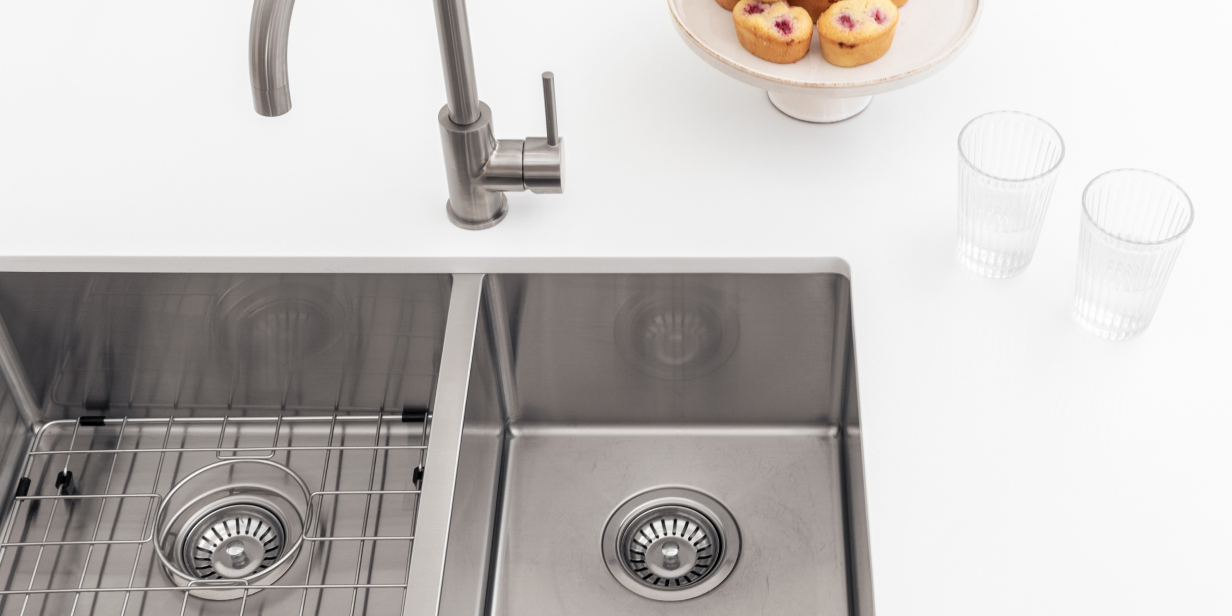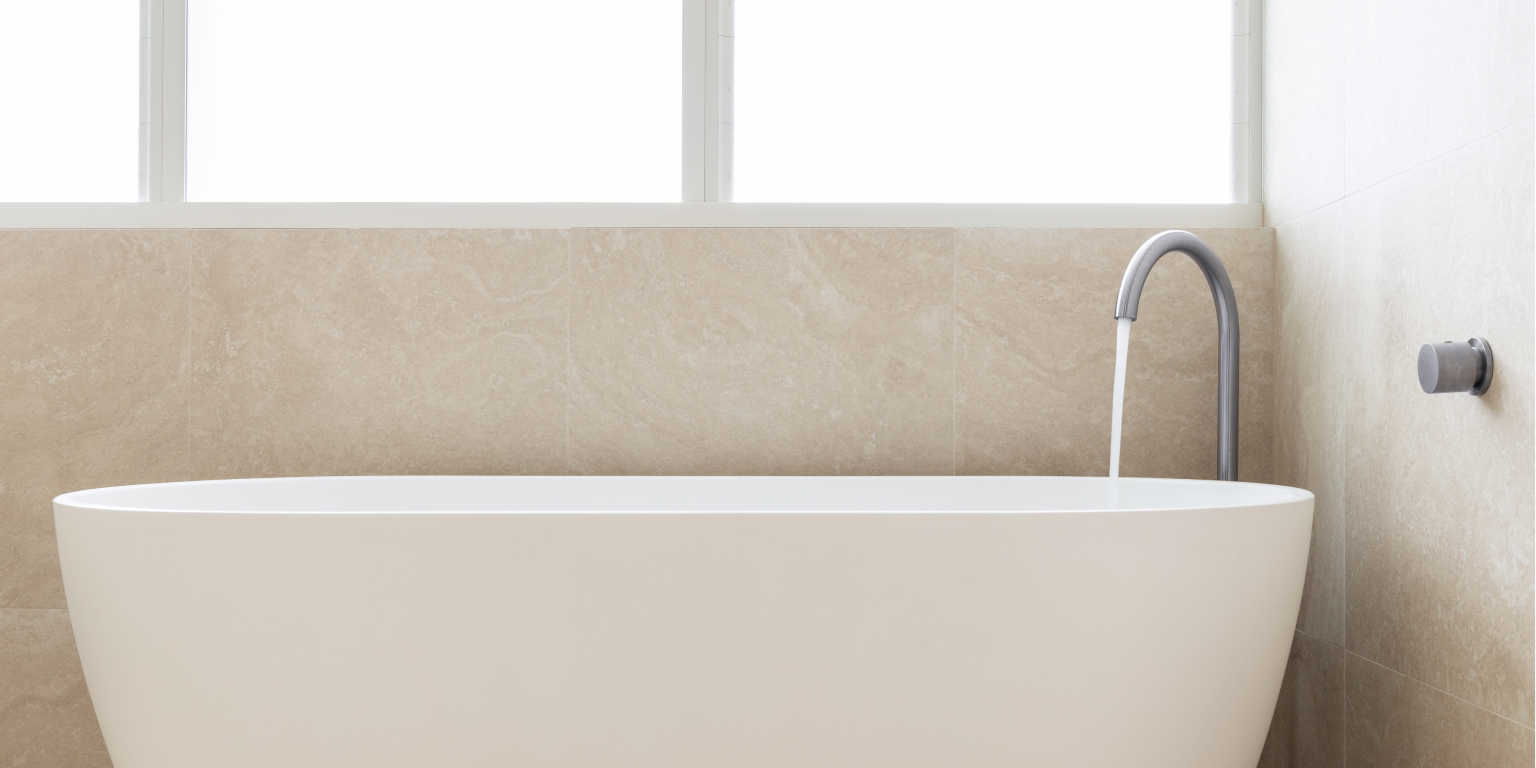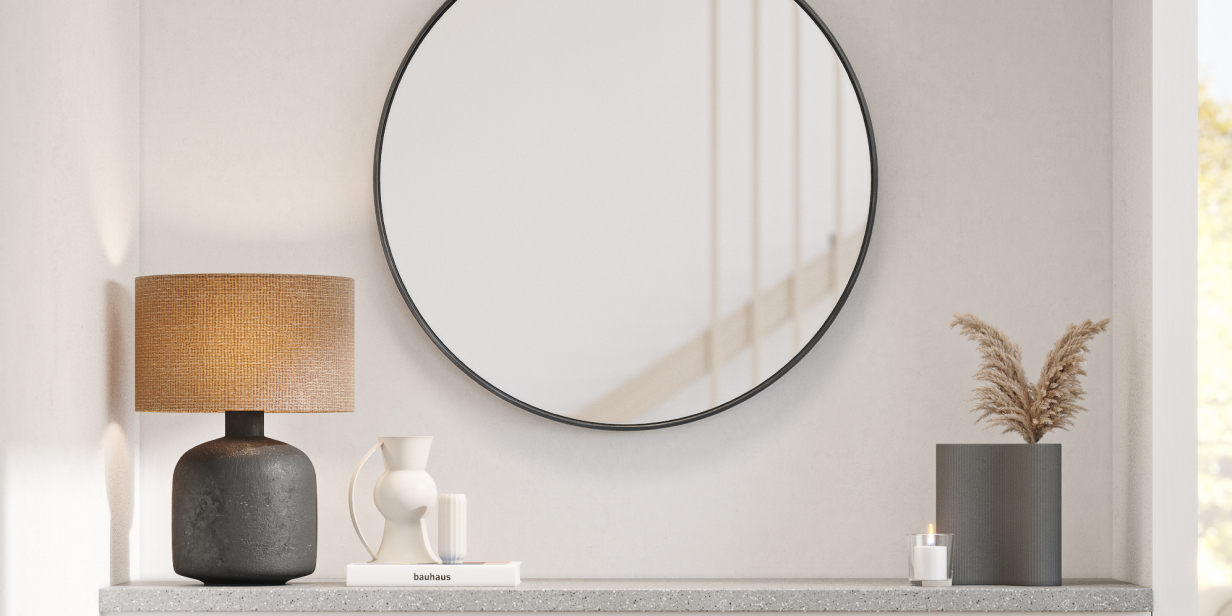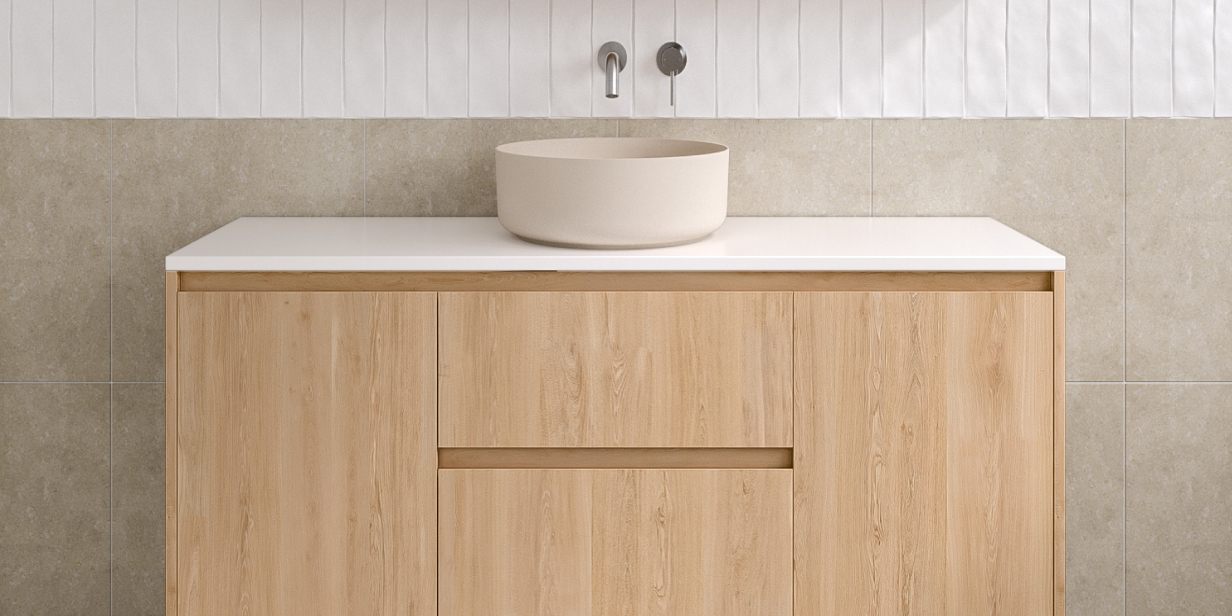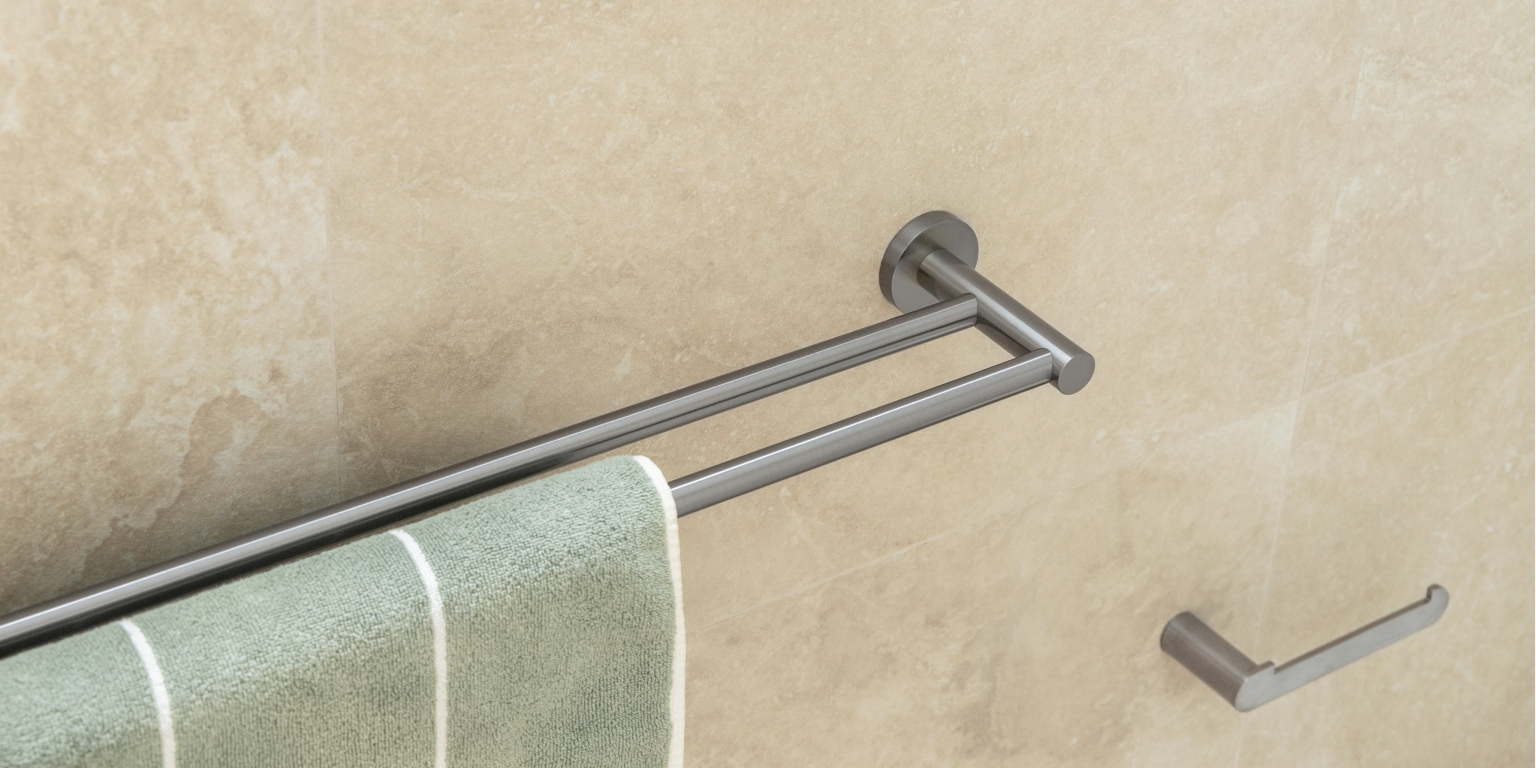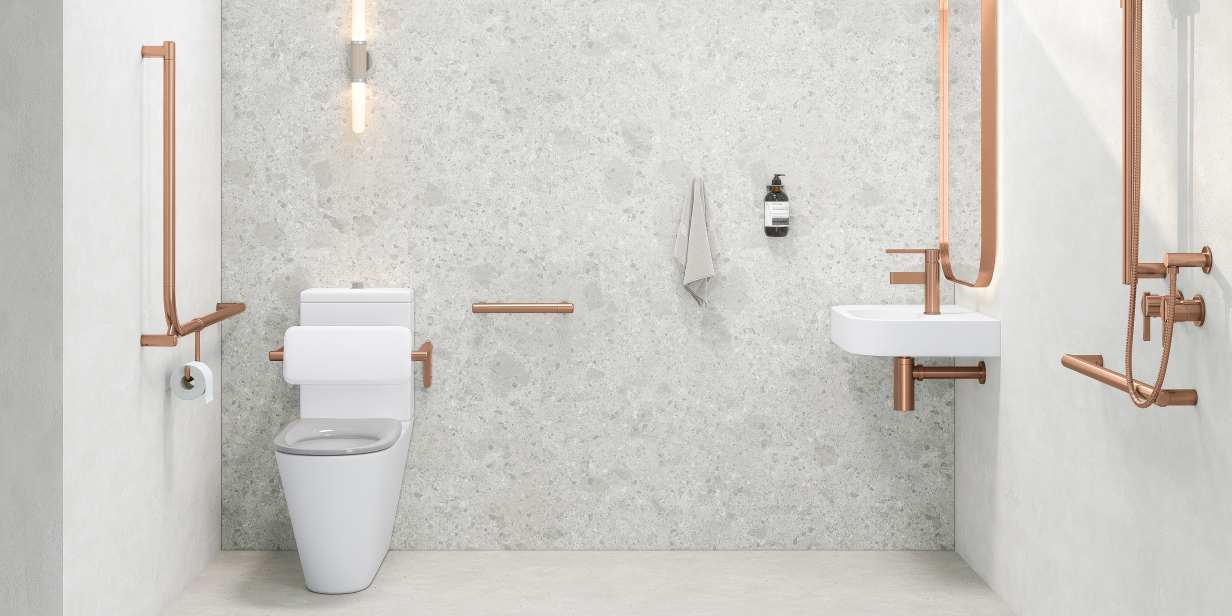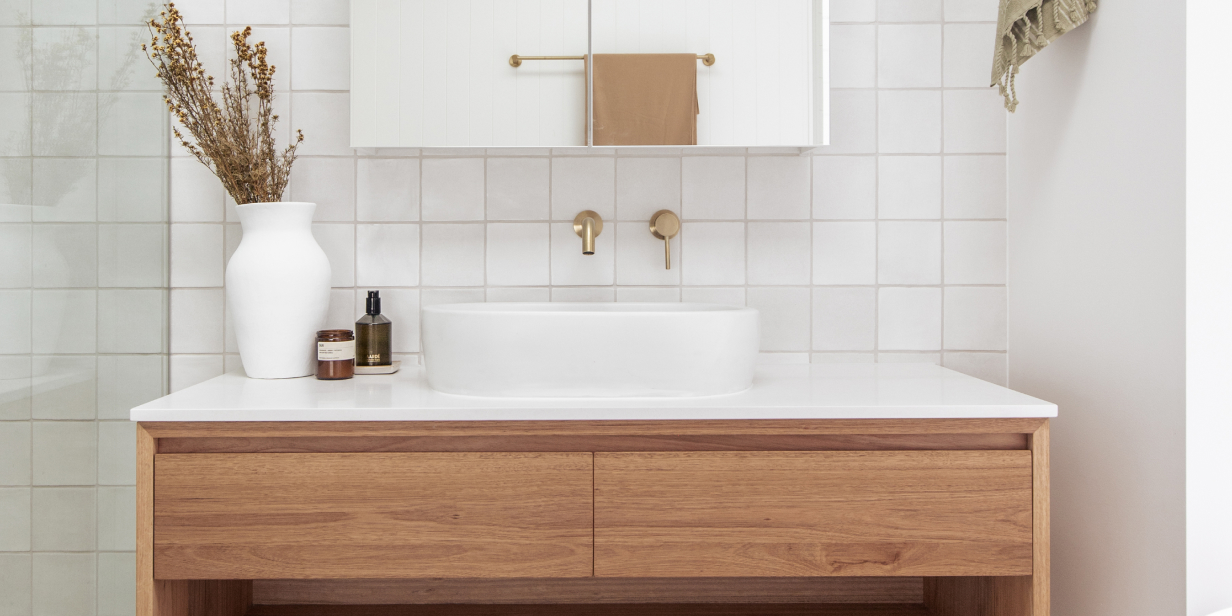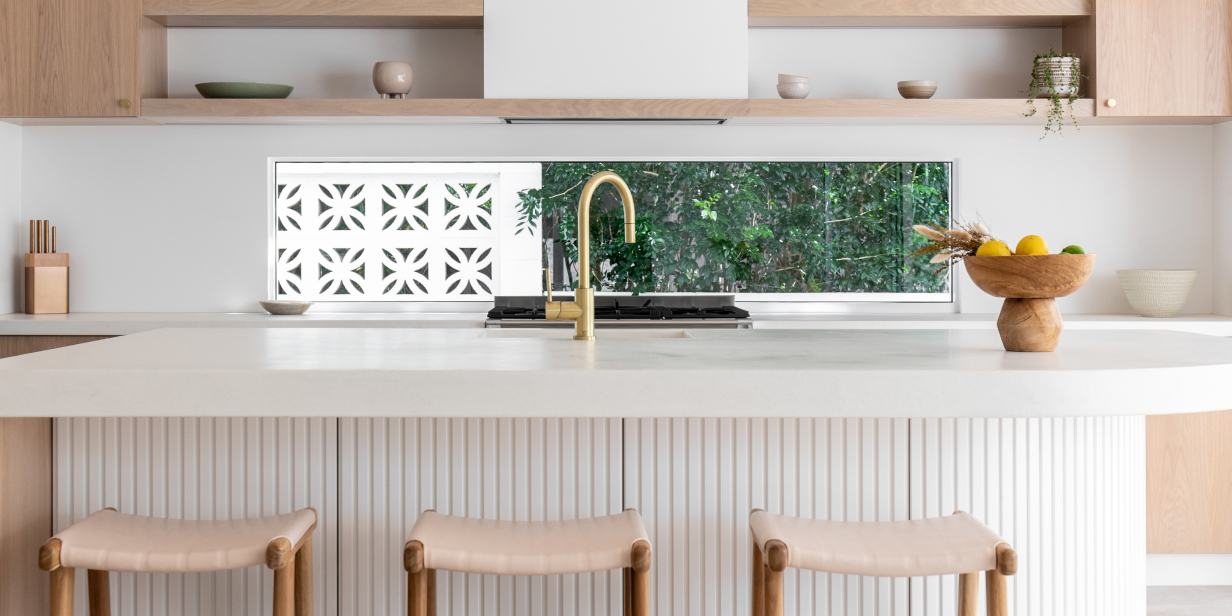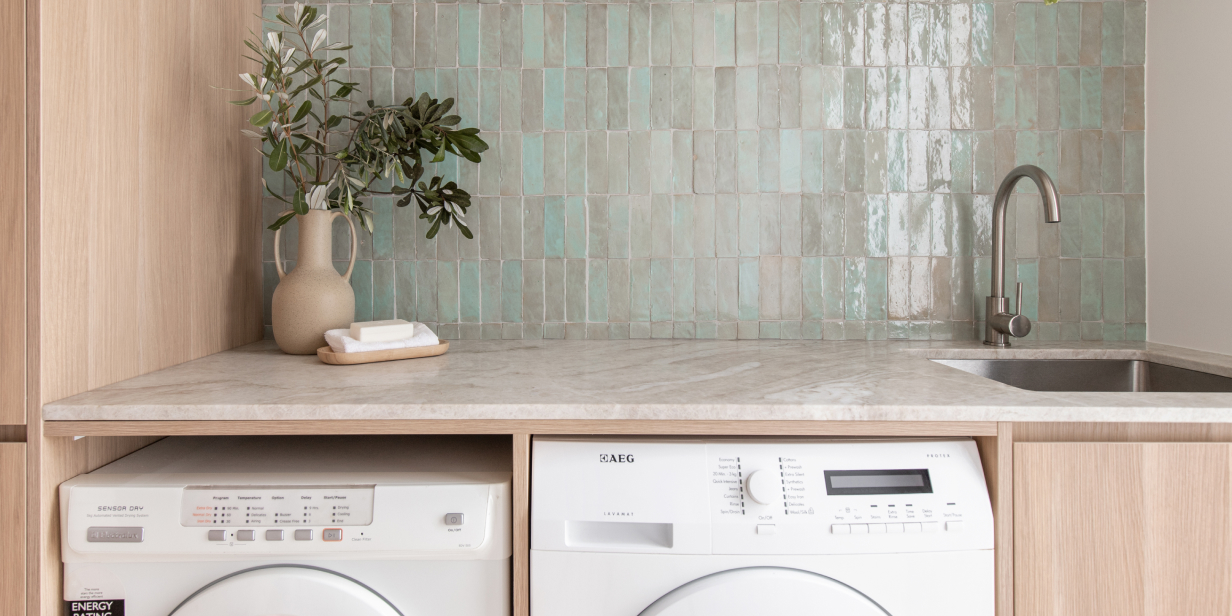How To Maintain Personal Hygiene In The Kitchen
If recent events have taught us anything, it’s the importance of implementing hygiene into our everyday lives to prevent the spread of contagion.
While you don’t have much say over the cleanliness of public spaces, you do have some control over maintaining personal hygiene in the kitchen – one of the most frequented spaces of the home.
As we have sadly learnt over the past few years, proper personal hygiene cannot be overestimated. To combat this, we explore six safe and straightforward ways you can uphold hygiene practices in the kitchen for healthier home life.
1. Frequently Wash Your Hands

While it has been repeated to us continuously, there is clear common sense behind regularly washing your hands, particularly when practicing personal hygiene in the kitchen. By properly washing your hands, you are ridding yourself of potentially harmful germs you acquire through touching while also helping to stop those germs from spreading any further.
Make washing your hands a regular — do it as soon as you enter the kitchen, before and after handling any raw meat, clearing away rubbish, blowing your nose or sneezing, and again before eating meals. It’s a simple step but, when done correctly, it’s paramount to maintaining a hygienic kitchen.
2. Regularly Wipe Down Your Countertops

Regularly wiping down your work surfaces is equally important in maintaining personal hygiene in the kitchen. The buildup of residue from dirt and food particles is unsightly and unhealthy.
The simplest solution to ensuring the cleanliness of your counters is to use a non-abrasive clean cotton cloth with water and a mild liquid detergent or dish soap. Antibacterial surface wipes are also a great, quick, and easier alternative, as they’re disposable and more hygienic.
Along with cleaning your kitchen sink, regularly cleaning your counters should become one of the essential hygienic practices in the kitchen.
3. Invest In A Sensor Tap

Did you know tapware is one of the most germ-ridden areas of the kitchen? This is logical when you consider the frequency of touching your taps. Therefore, it’s not surprising that you risk recontaminating your hands when turning the tap off after washing them.
Installing touchless sensor taps is a smart, preventative measure that can transform your kitchen’s operation. Having touchless tapware means you drastically reduce the risk of spreading germs by making washing your hands a simpler and even more hygienic experience. A touch-free kitchen mixer also allows you to clean and prepare food without the fear of cross-contamination.
4. Routinely Clean Your Kitchen Sink

The build-up of harmful bacteria in your kitchen sink would give anyone nightmares. Considering the food particles on discarded plates, the residue left from raw meat, and everything else that gets poured into the sink — it’s a literal breeding ground for bacteria to thrive.
The best way to combat these hidden germs is to clean your kitchen sink daily. However, you don’t have to go to take drastic measures like bleaching down your sink every evening. Rather than using bleach (which can damage your kitchen sink finish and leave scale marks), use warm, soapy water and a clean, non-abrasive sponge to wash these areas. If you want to disinfect your kitchen sink drainpipe, pour baking soda down the drain and flush it with hot water after approximately thirty minutes.
Read more about the advantages of sensor taps.
How To: Clean Your Stainless Steel Sink
5. Always Separate Raw Meat from Cooked Food

Another kitchen hygiene rule should be to separate your raw and cooked foods. Cross-contamination can occur when raw meat interacts with cooked meat or other food that doesn’t require cooking, like fruit and vegetables. This can result in the transference of harmful bacteria or microorganisms from one food source to another.
As a preventative measure, never use the same chopping board to prepare raw meat as you do cooked food or fruit and vegetables. Instead, dedicate a different chopping board for each food to prevent any possible interaction. Also, never place cooked meat on a plate that once held raw meat.
Storage separation of cooked and raw food is equally important. As a rule, you should store raw meat and fish on the bottom shelf of your fridge, where it is exposed to the coldest temperatures. This should be completely separate from any cooked food that should be placed on a higher fridge shelf. Separating raw meat from cooked food is imperative in preventing food poisoning and other illnesses.
6. Thoroughly Cook Your Food

Simply put, cooking kills the harmful germs in food. Therefore, it’s perhaps unsurprising that inadequate cooking is one of the common causes of food poisoning. Consequently, cooking food thoroughly should be one of the primary hygienic practices in any kitchen.
Proper cooking eliminates most bacteria in food; therefore, you should always ensure that you cook meat, particularly poultry, sausages, and hamburgers, until their juices run clear.
Most food poisoning bacteria occurs from food that is 5 — 63 degrees celsius in temperature. However, temperatures over 70 degrees will kill most bacteria. Therefore, thoroughly cooking your food at these temperatures for a calculated amount of time drastically reduces illnesses associated with food poisoning and helps to contribute to a healthy kitchen environment.

